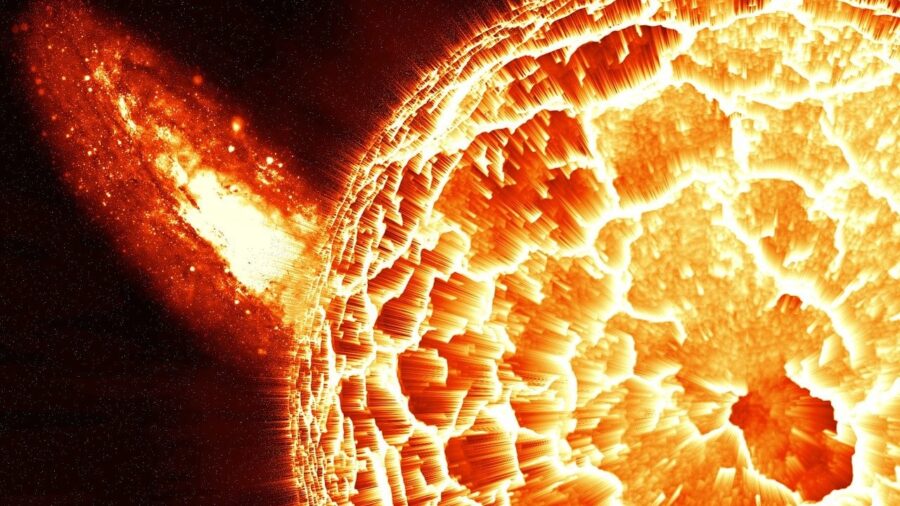The Sun Has Wiped Out Clouds On One Planet, Could Earth Be Next?

Changes in the sun’s activity seem to have caused Neptune’s clouds to vanish. According to New Scientist, this change in the planet’s normally cloudy atmosphere could be due to the sun’s 11-year cycle. The clouds in the Neptune sky are one of the planet’s longest-standing features within human observation.
Neptune’s clouds have been wiped out, and scientists believe it is because of the sun’s changing patterns.
Neptune was first photographed in 1989 by the Voyager 2 spacecraft, photos which yielded our first-ever glimpses of the cirrus-like clouds that have been, until recently, constantly visible. Neptune’s clouds have thinned before, but not to the degree presently seen. While the planet is a considerable distance from the sun, scientists have found what appear to be correlations with solar activity.
From 1994 to 2022, researchers at the University of California, Berkeley, have been keeping track of Netptune’s cloud activity. Along with her colleagues at the university, Erandi Chavez has not only kept an eye on the Neptune sky in real-time, but has also analyzed archival photos from the Hubble space telescope and two Earth-boud astronomical observatories, including the W.M. Keck Observatory in Hawai’i.
Our sun has an 11-year cycle, during which its magnetic poles flip so that its north pole becomes its south pole and its south pole becomes its north pole.
Their research indicates fluctuations in cloud cover on Neptune, with the clearest skies in 2007 and 2020, while 2002 and 2015 showed the greatest trends toward cloudy skies.
But how is the sun involved? Our sun has an 11-year cycle, during which its magnetic poles flip so that its north pole becomes its south pole and its south pole becomes its north pole. This is because our sun is a giant ball of charged particles in the form of plasma that flows around and therefore cycles in this manner.
This current decline in clouds is the longest and most dramatic yet recorded.
During these changes in the sun’s magnetic fields, we will sometimes see “magnetic knots” that will lead to a greater number of more-intense solar flares, which can sometimes cause problems for satellites orbiting Earth.

They can also cause coronal mass ejections, which spew giant amounts of solar plasma and can cause charged particles to hit our planet, leading to issues with communication devices. But there is one other phenomenon related to the sun’s magnetic cycle that might be particularly relevant to Neptune’s clouds.
Two years after a solar peak and an increase in UV radiation, there are lots of clouds on Neptune, which eventually dissipate.
During the transition of the sun’s electromagnetic poles, it emits a large amount of ultraviolet radiation. That radiation washes over our whole solar system. This radiation spikes during the solar peak and might lead to an absorption of greater light energy that results in a photochemical reaction, producing clouds.
The changes in the sun’s radiation tend to occur about two years before cloud changes on Neptune. This is the time it takes for the UV radiation to traverse the 2.8 billion miles to that other blue planet. So, two years after a solar peak and an increase in UV radiation, there are lots of clouds on Neptune, which eventually dissipate.
The current low in cloud cover arrived in 2020, and the clouds have yet to return to normal. This current decline in clouds is the longest and most dramatic yet recorded, and we can’t know for certain that the sun is the cause. But the timing is right and the hypothesis makes sense.
Whether such effects can be seen on Earth we don’t know, but what’s happening on Neptune could tell us more about how the sun affects all its planetary neighbors.










